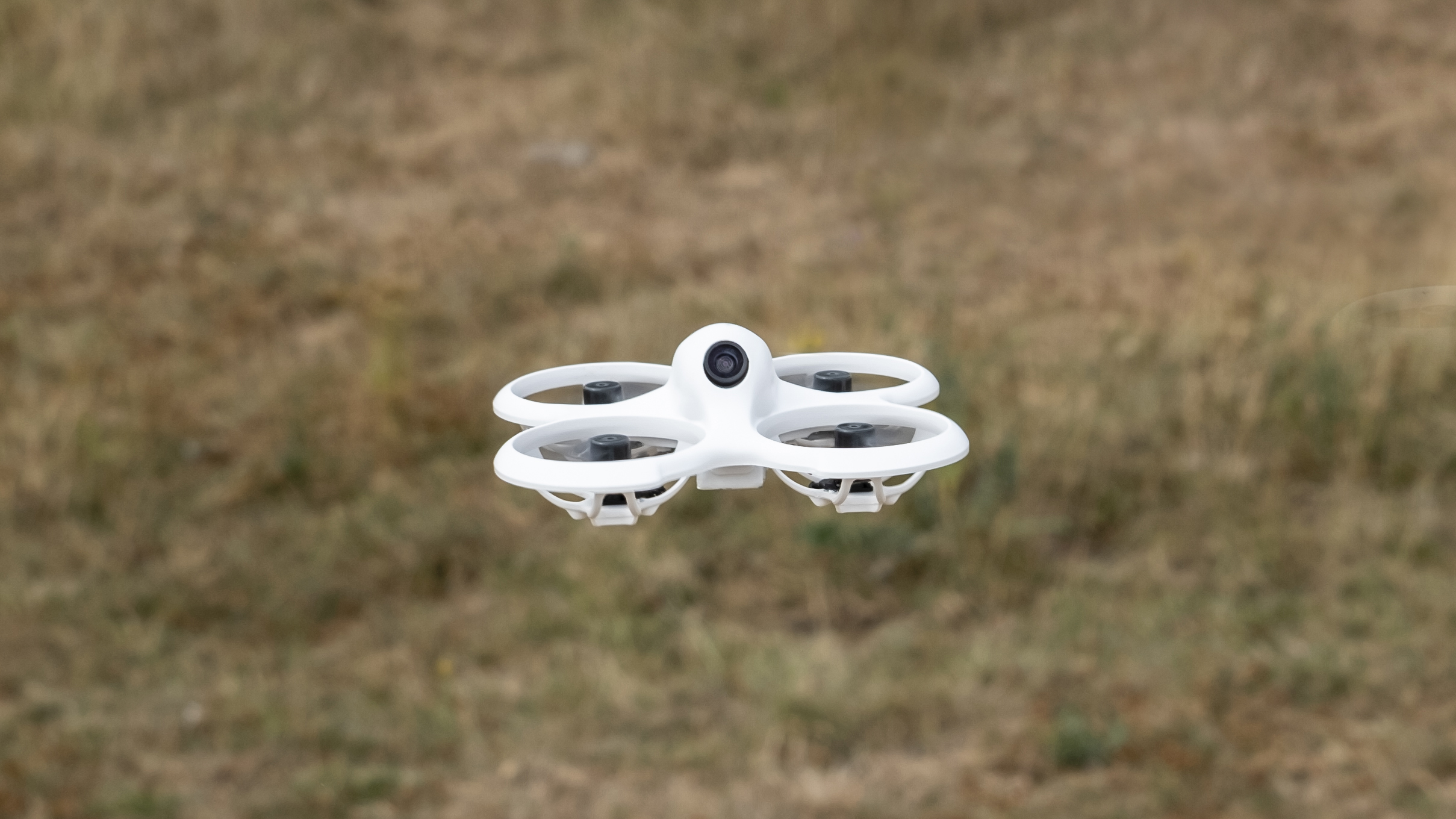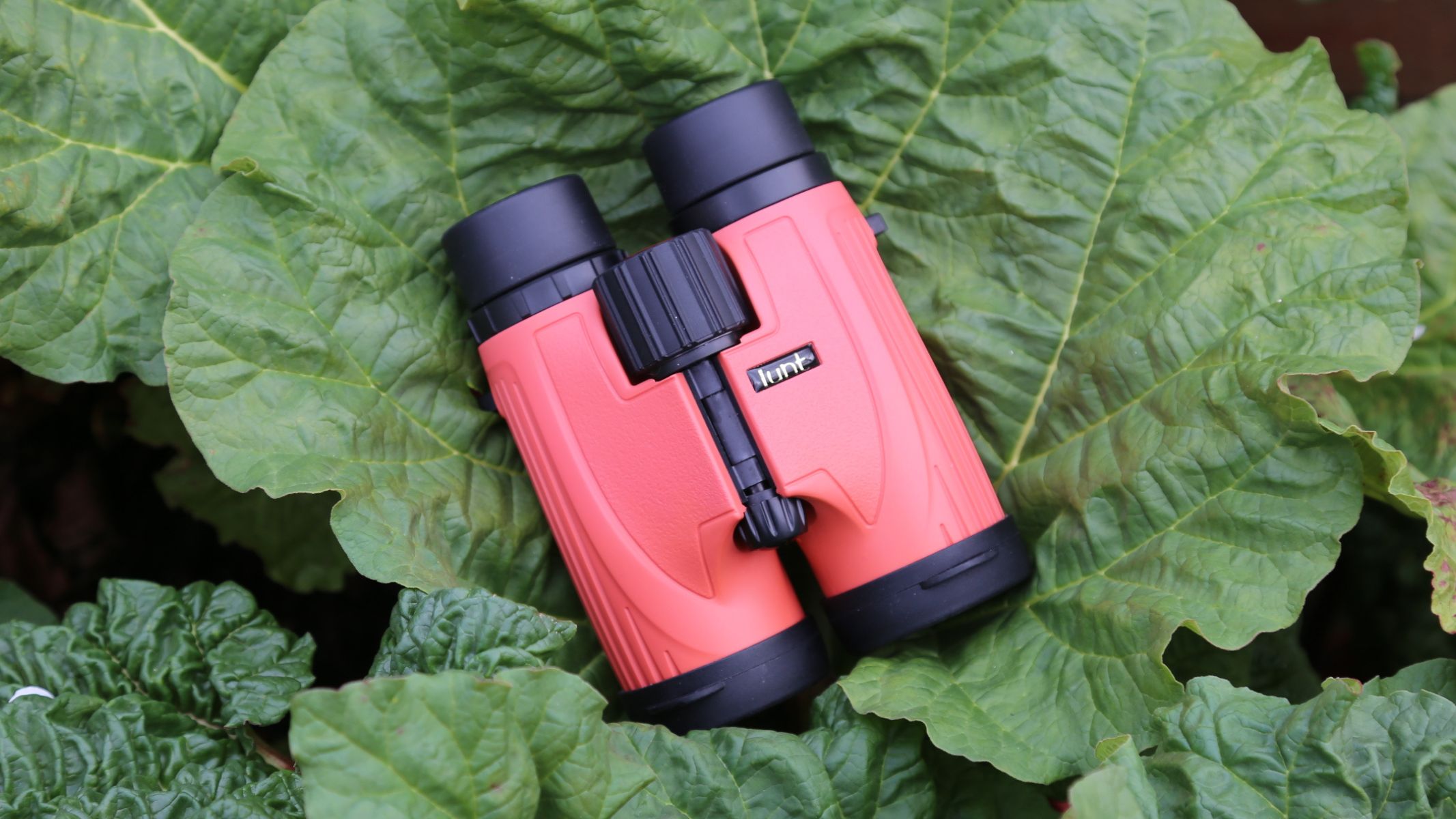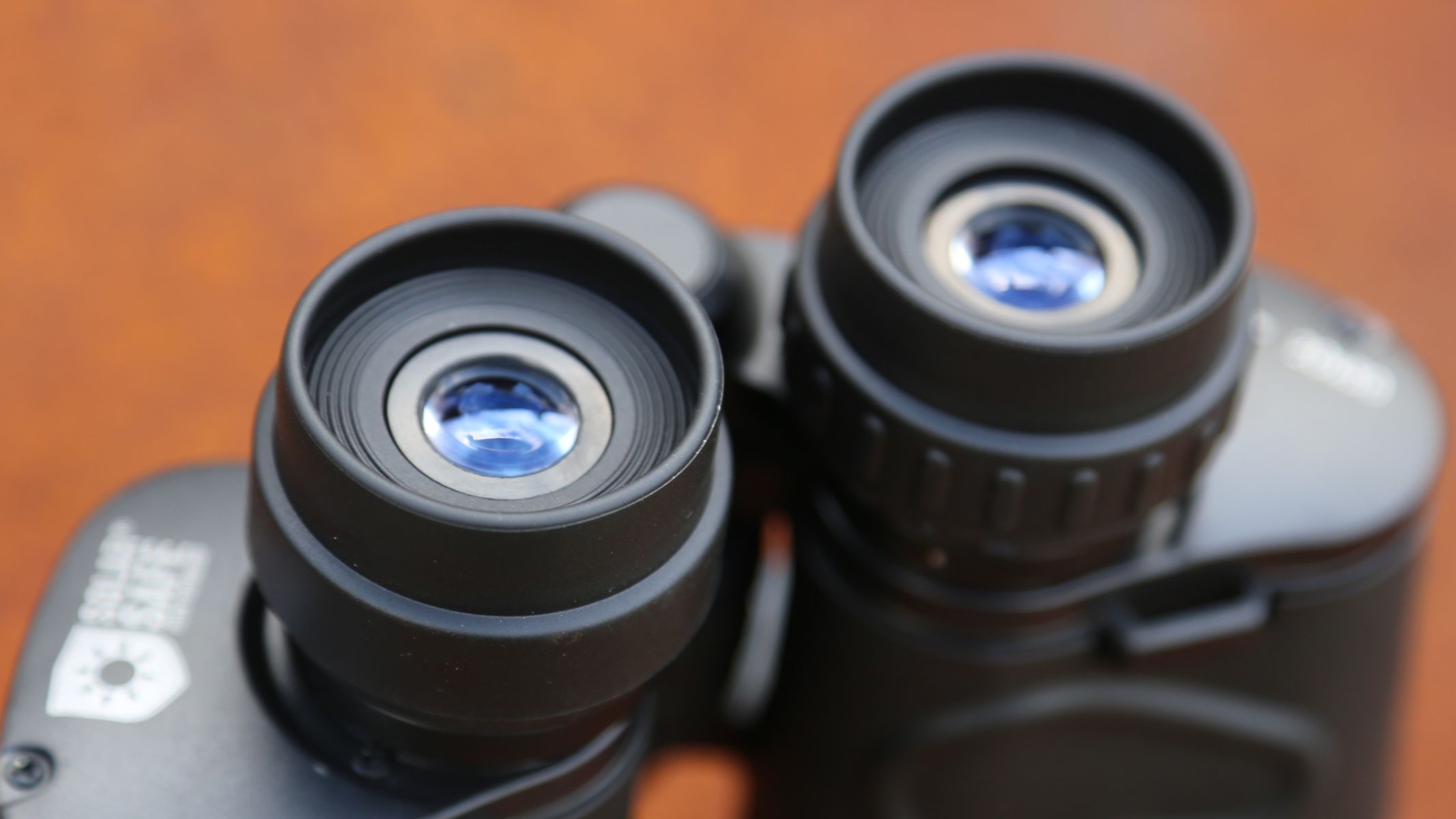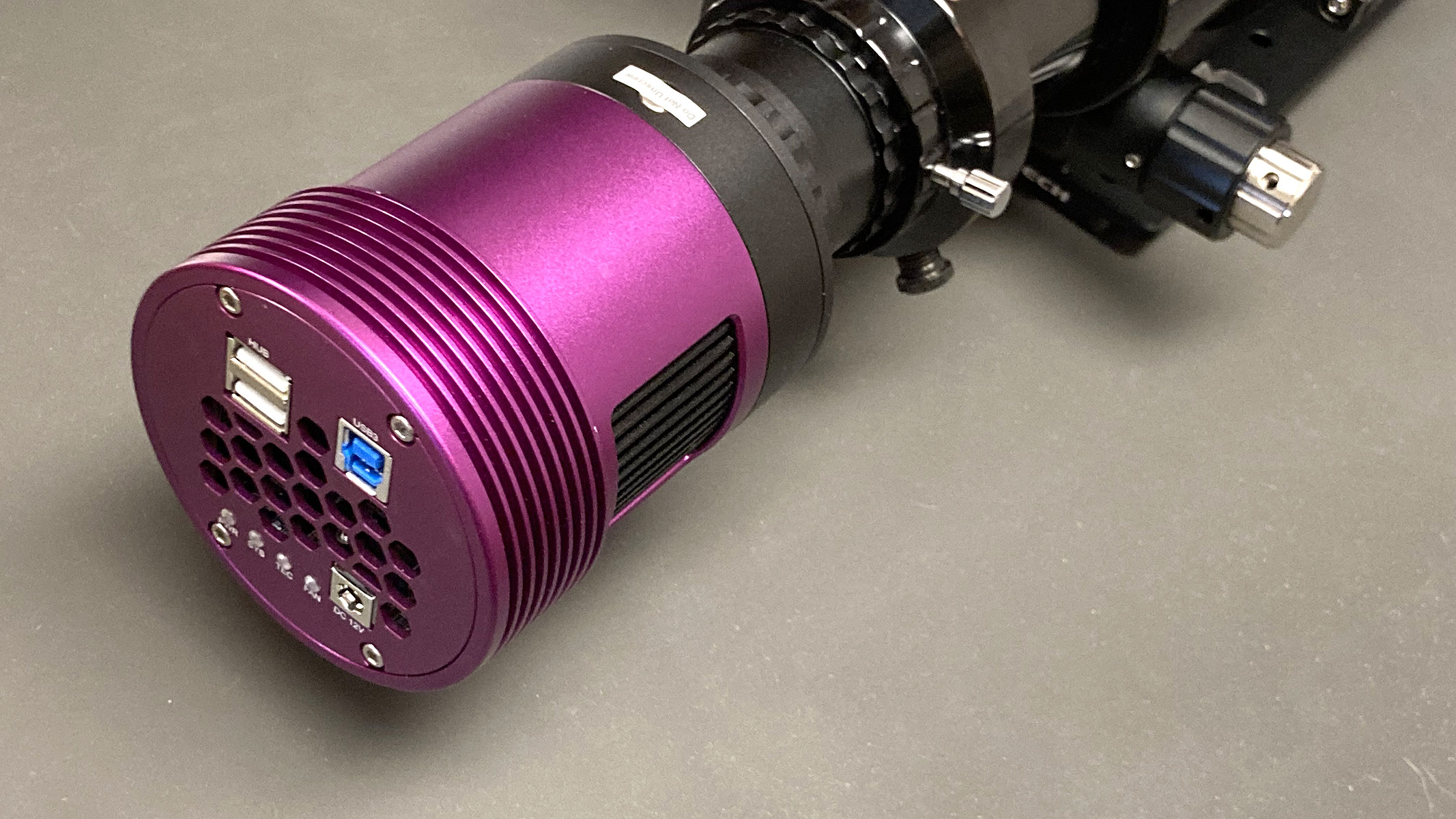Space Verdict
With a low cost and a complete kit with everything you need to get started, the betaFPV Cetus Pro Kit provides a low-risk entry point to learning how to fly FPV drones when compared to more expensive models.
Pros
- +
Includes everything to get started with FPV flight
- +
Offers basic safety features
- +
Controller can be used with FPV simulators
Cons
- -
Doesn't shoot video or photos
- -
Not suited to windy conditions
- -
Battery life is short
Why you can trust Space.com
Weight: 1.61oz / 45.8g (including battery)
Dimensions: 117×117×35mm
Battery: BT2.0 450 mAh LiPo 1S 30C / up to 5 minutes
Charger type: BT2.0 USB Battery Charger and Voltage Tester
Modes: Normal, Sport, Manual with Slow, Mid, Fast speeds
Video transmission range: Up to 80m
Video resolution: No video or photo capture available
Safety features: Optical flow/ Barometer/ Laser (in Normal flight mode only)
FPV (first person view) drones like the BetaFPV Cetus Pro are taking the drone world by storm thanks to the dynamic and immersive video footage they're capable of capturing. The problems with FPV drones, unfortunately, are that they're traditionally self-build with a knowledge of electronics required, and they're notoriously difficult to fly. Easy-to-set up models with no need for soldering are becoming increasingly available, but the flying difficulty remains.
Learning to drive an FPV drone in Acro Mode takes 50 or more flying hours according to experts, and the risk of crashing, damaging and even losing your drone is extremely high in the early days; not ideal when you've spent several hundred dollars/pounds on the drone itself, and a few more on the camera for capturing 4K video footage.
To combat this barrier to entry that many people experience when considering getting into FPV, BetaFPV has come up with the Cetus Pro Kit. The BetaFPV Cetus Pro Kit is a low-cost kit that includes everything you need to start flying FPV drones and we'll take a closer look at what's included in the kit later in the review alongside the cost of some useful accessories. But the kit itself costs only $229 / £196, so you can certainly begin learning how to fly FPV drones without breaking the bank.
But how does the BetaFPV Cetus Pro stack up against the best drones out there? We've put it through its paces to find out.
BetaFPV Cetus Pro: Design
- Small and lightweight
- Controller and goggles included
- Built to withstand crashes

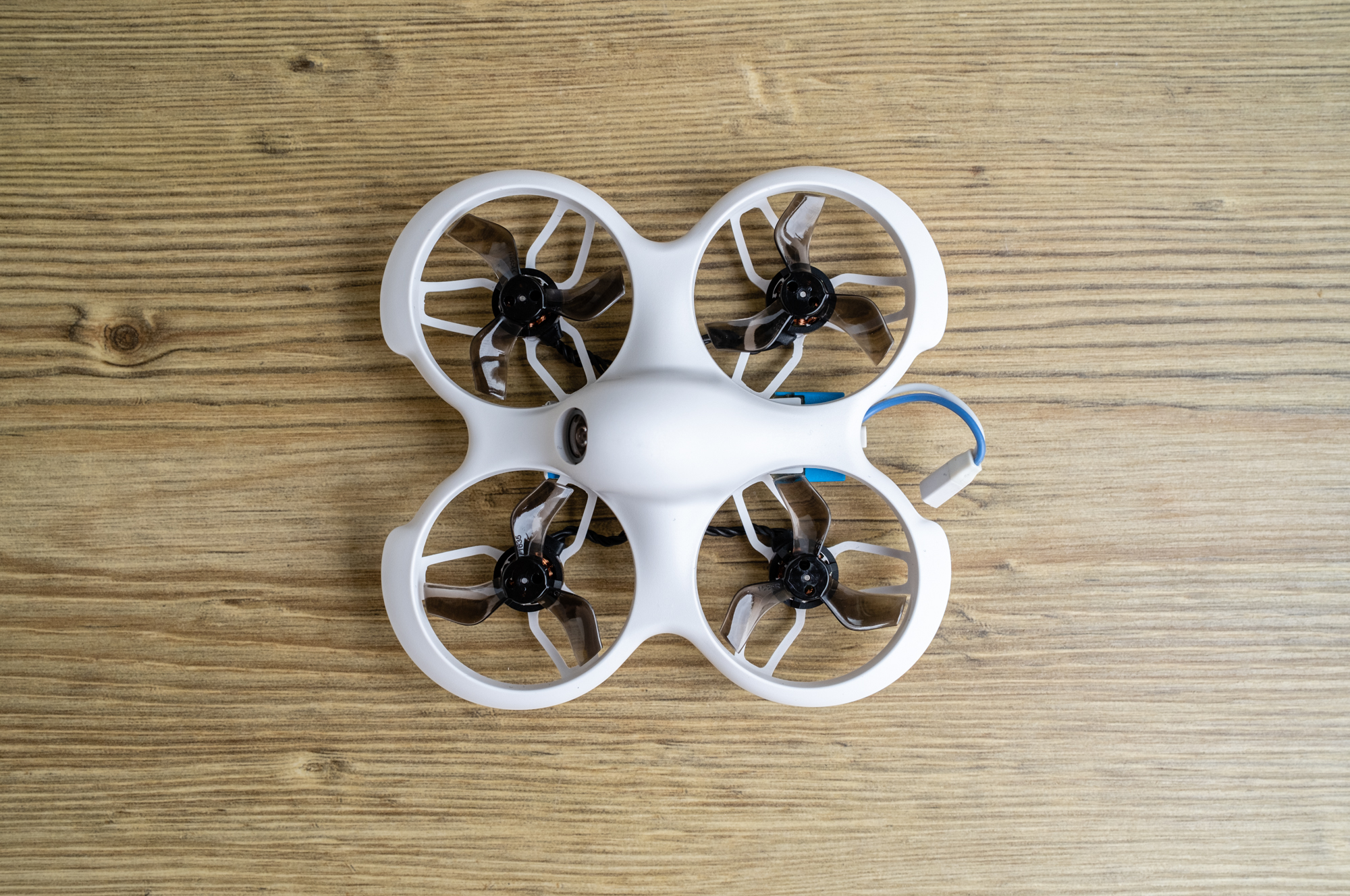
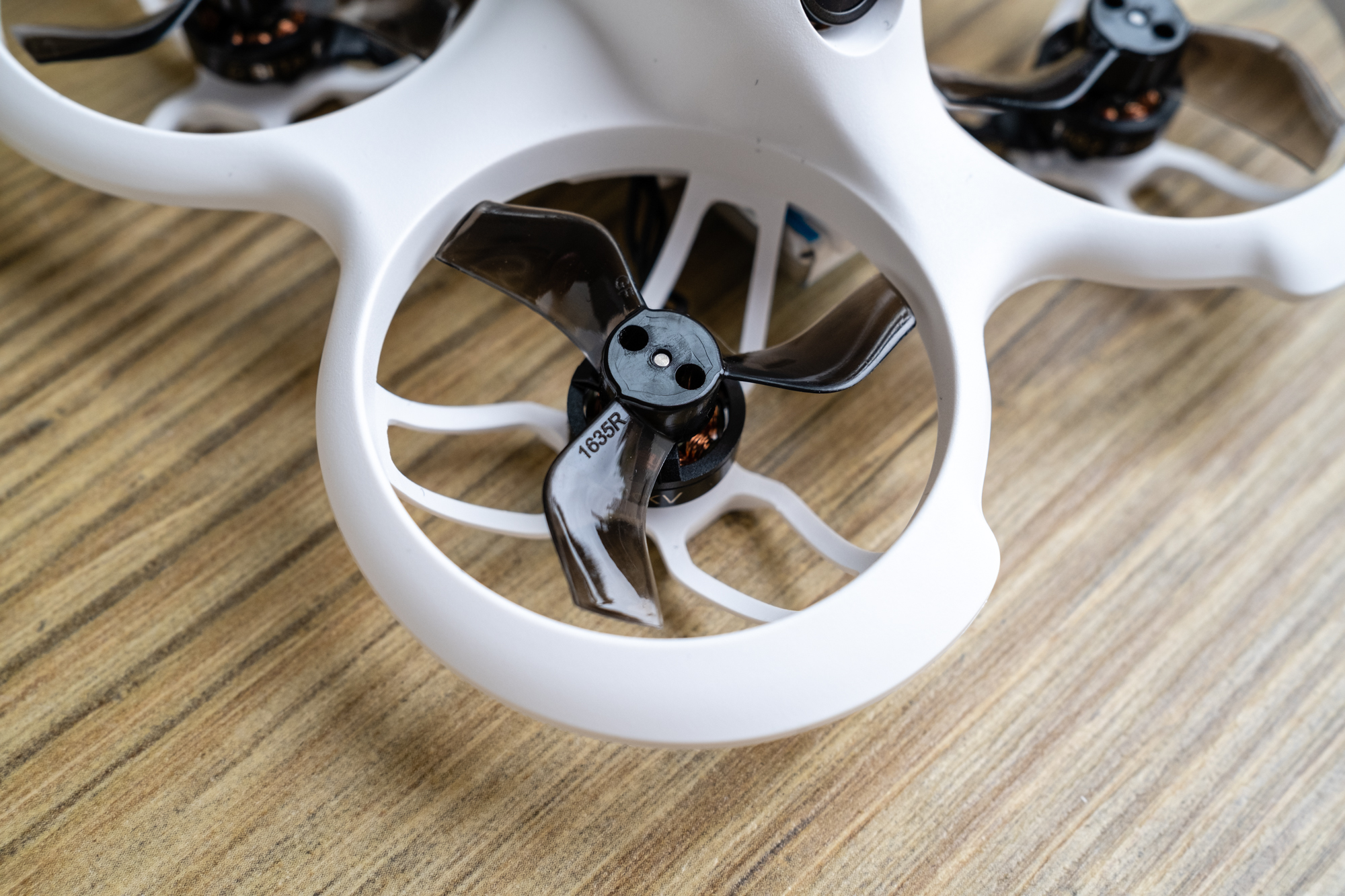
The Cetus Pro Brushless Quadcopter, as the name suggests uses brushless motors to power the four propellers and these are more powerful than brushed motors. The drone is palm-sized at 117×117×35mm, and incredibly lightweight at just 33.1g. Batteries weigh 12.7g, so the combined take-off weight is 45.8g.
The whoop drone airframe is made of PA12 plastic with built-in propeller guards around and below the propellers, which alongside the lightweight and small size means that the drone can be flown safely both indoors and out thanks to excellent crash resistance; this is ideal because you will crash frequently while learning.
The kit also comes with the LiteRadio 2SE Transmitter, which is a basic yet perfectly useable FPV controller that's perfect for the Cetus. The controller provides 100mw transmitting power with a 2.4G system and supports several protocols so it can also be used with other FPV drones. Plus, a built-in 1000mAh battery provides plenty of charge for flights between charges. In terms of controls, you get two control sticks alongside an on/off button and four switches at the top of the controller. These are unlabelled but you can easily learn what they do and settings are displayed in the goggles.
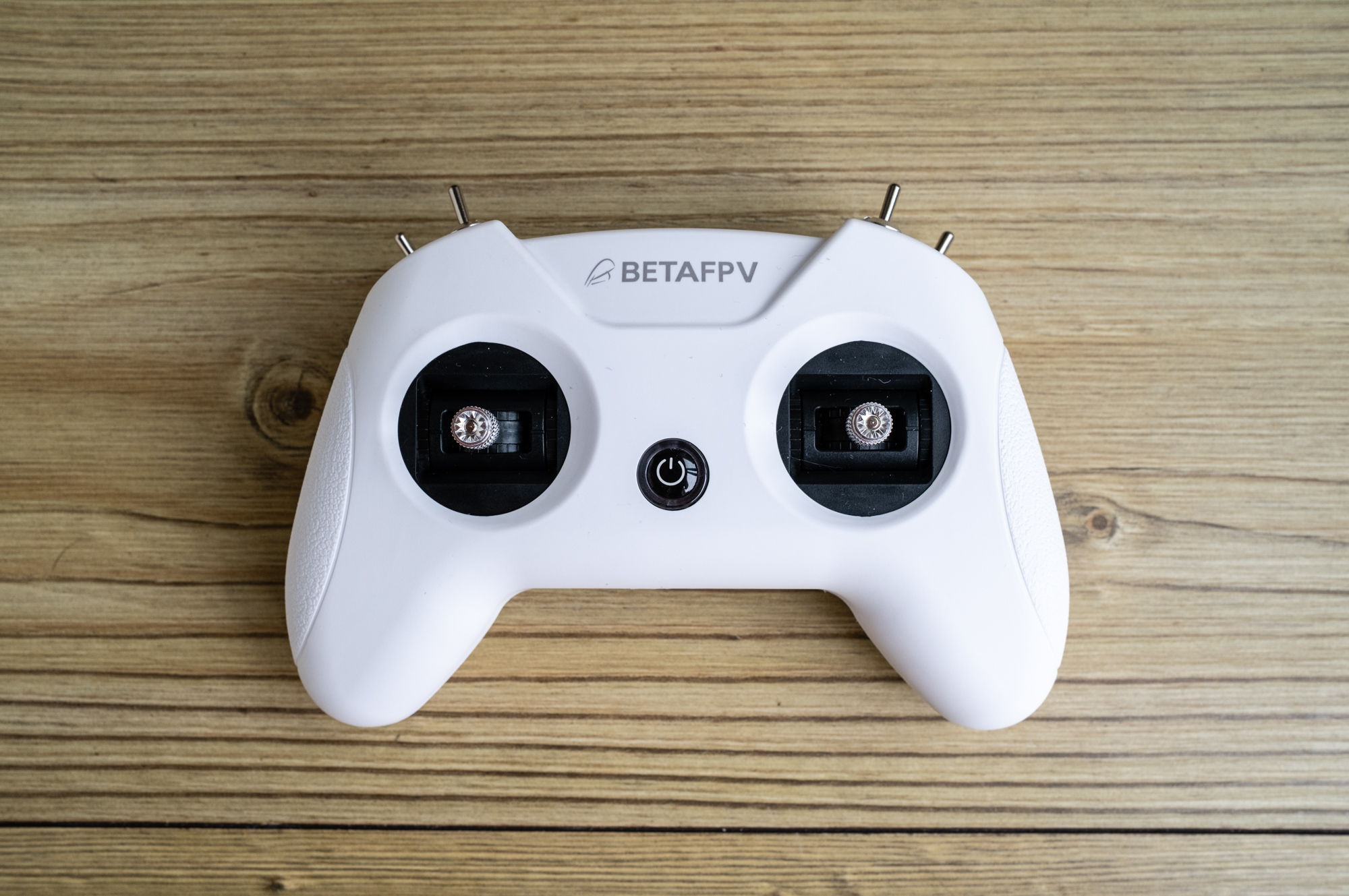

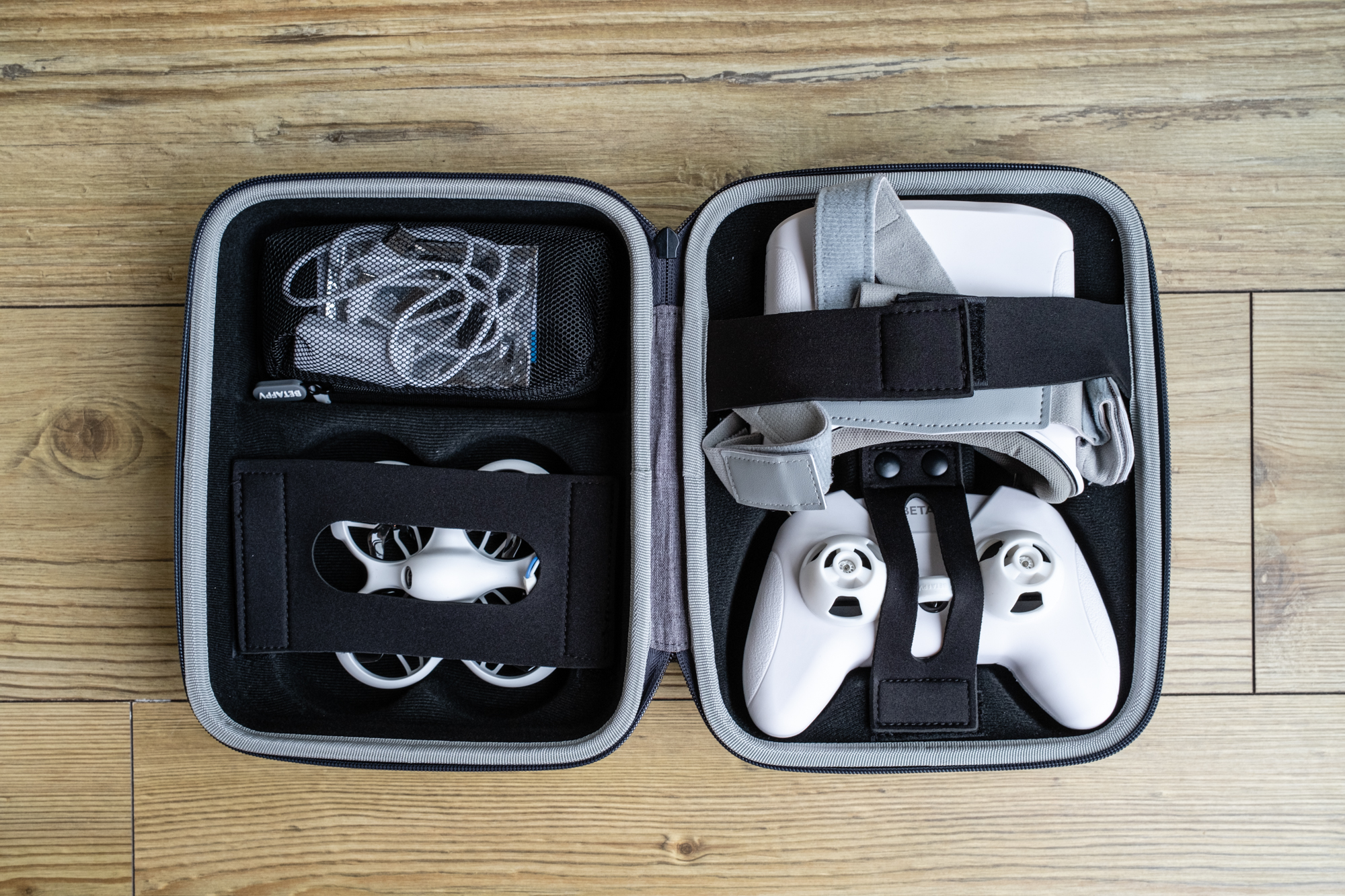
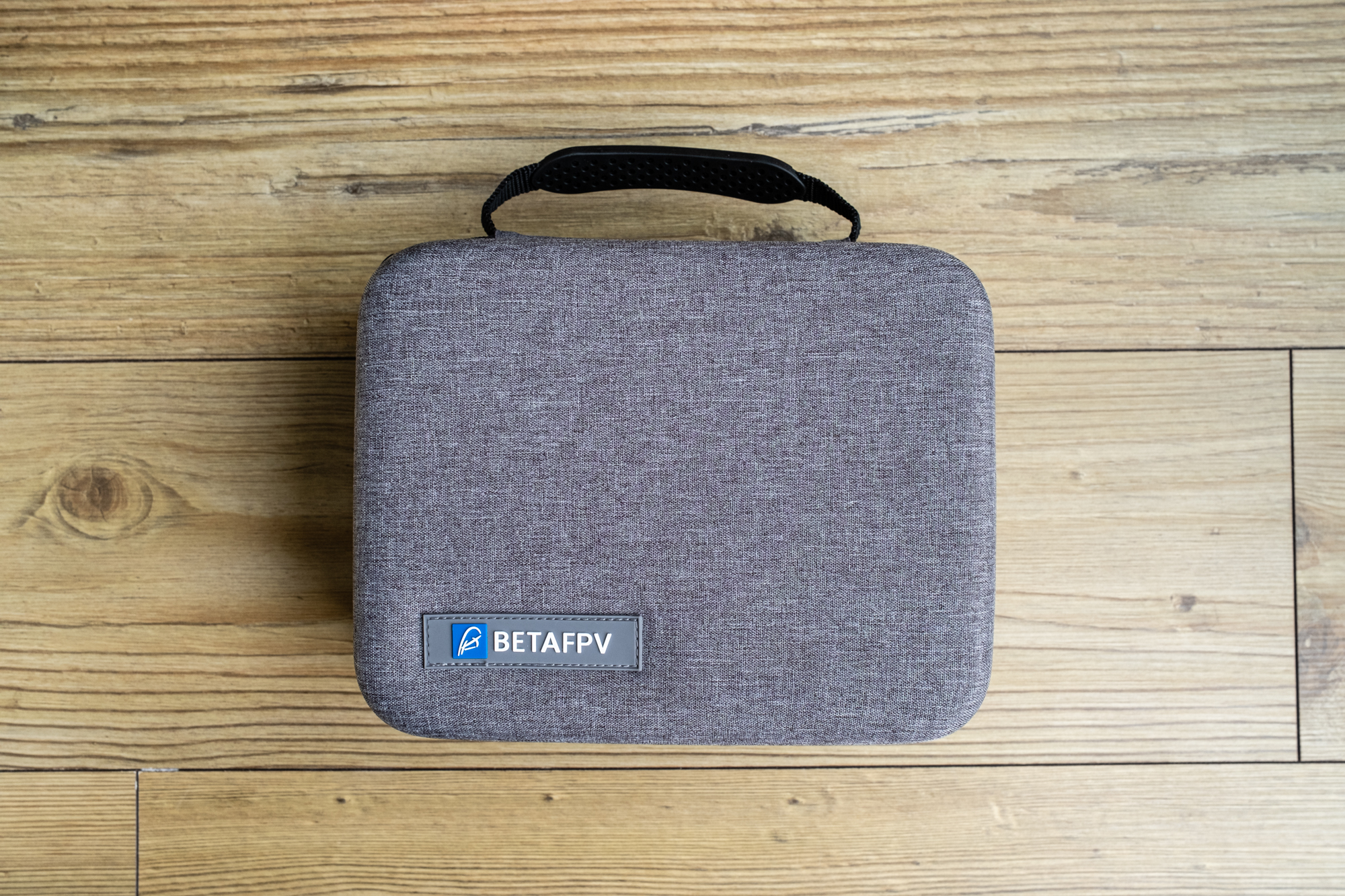
The VR02 FPV Goggles, like the controller, are pretty basic and are the box type, but they provide a decent video feed from the drone's FPV camera. There's some interference in the picture but this is common even with more expensive goggles. There's no DVR built-in to allow you to record the video feed, but this kit is all about learning to fly so it's not the end of the world. Although people who wear glasses will need to use contact lenses with the VR02 FPV Goggles or use more expensive goggles with a dioptre adjustment/control.
BetaFPV Cetus Pro review: Functionality
- Three flight modes and speeds
- Turtle Mode flips the drone when upside down
- Optical flow positioning in Normal Mode
The beauty of the Cetus Pro is that it provides three flight modes that allow you to build up to Manual/Acro Mode over time as your flying skills improve. Normal Mode is the easiest to fly, and the one you should start with. This mode uses optical flow sensors to help the drone to hover and hold position when the control sticks are centred. It's not as good as GPS positioning with camera drones, but it does make it easier to keep the drone in the air than the other two flight modes.
Sport Mode is like Angle Mode on a fully featured FPV drone, where the angle of the drone's roll and pitch are fixed at an angle, and with the Cetus Pro this is limited so it can't flip or roll as it can in Manual/Acro Mode, and when the direction stick is released the drone will level off again. You have to regulate the throttle with the left control stick though, which takes practise, and the optical flow sensors are turned off as they are in Manual Mode, too.
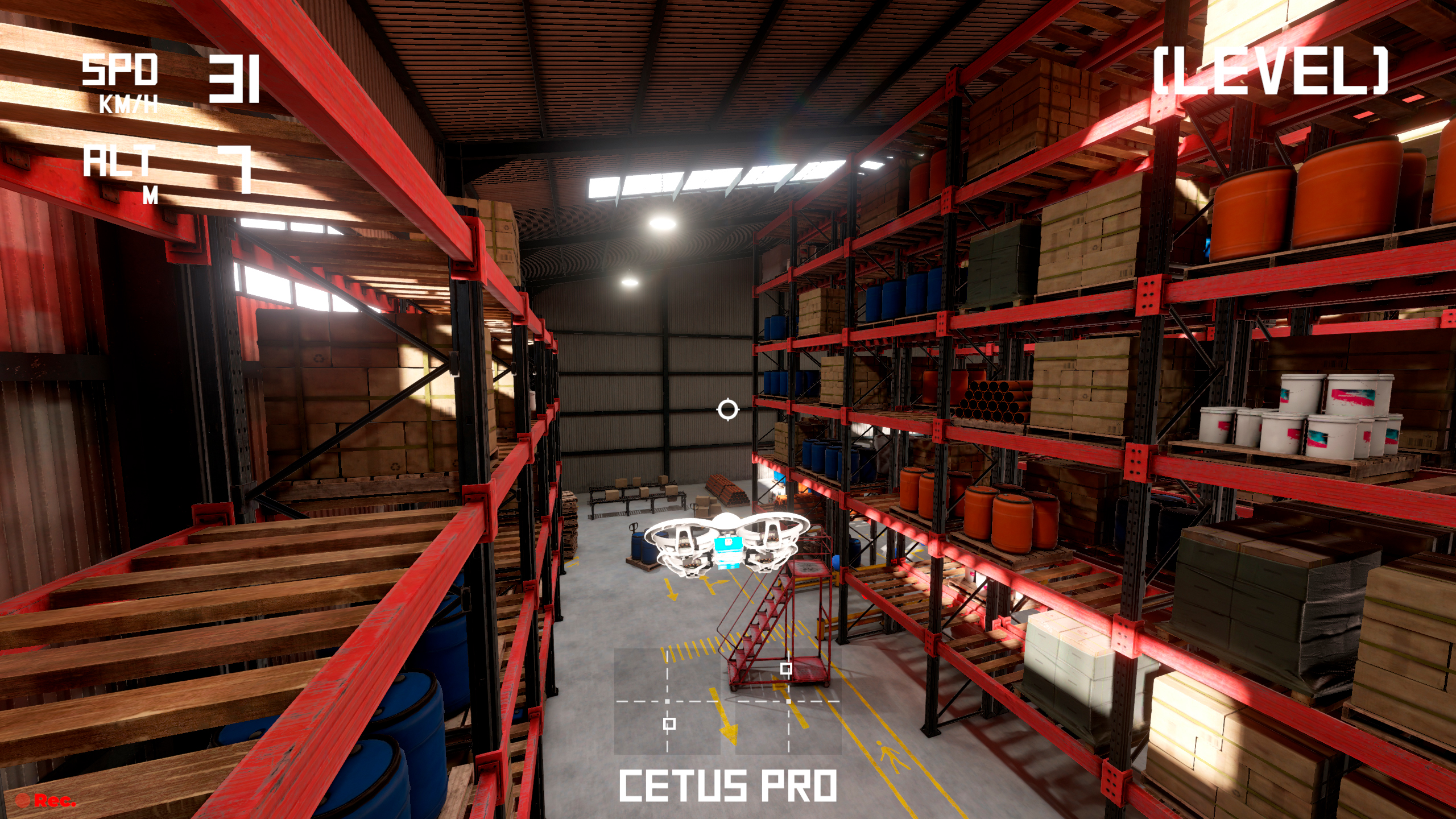
Manual Mode, which is most commonly called Acro Mode, is the most difficult to fly because you have to regulate the throttle. You also have to regulate the direction stick because the drone can easily flip and roll in this mode and fly out of control; it takes a lot of skill to keep the drone in the air, let alone to fly it. There are also three speed modes in each flight mode – Slow, Mid and Fast – so you can select the one that best suits your flying abilities, but this will almost certainly be Slow for quite a while.
With flights lasting just 4-5 minutes, the Cetus Pro will land automatically when power is low. And Turtle Mode allows you to flip the drone remotely if it crashes and lands upside down. It's a neat function that helps to get you up into the air again quickly and easily. One thing to consider is that with such a small and lightweight drone, it's not ideal for flight in windy conditions, so if the drone starts to get blown away you’ll need to disarm it to make the propellers stop so it falls out of the sky. It's generally best flown close to you when learning to fly, within 20-30m at an altitude of no more than 10m, so this shouldn't be a problem.
Overall, the Cetus pro is a great tool for building up flight experience with modes that allow you to progress at your own pace. What's more, the LiteRadio 2SE Transmitter can be used to control FPV Simulators such as LiftOff: Micro Drones on Mac and PC which is fantastic because you're using a real controller in a virtual environment where you can't crash your Cetus Pro but flight physics are similar to real life. The drone, goggles and controller are also bound together out of the box, so it's incredibly easy to begin flying.
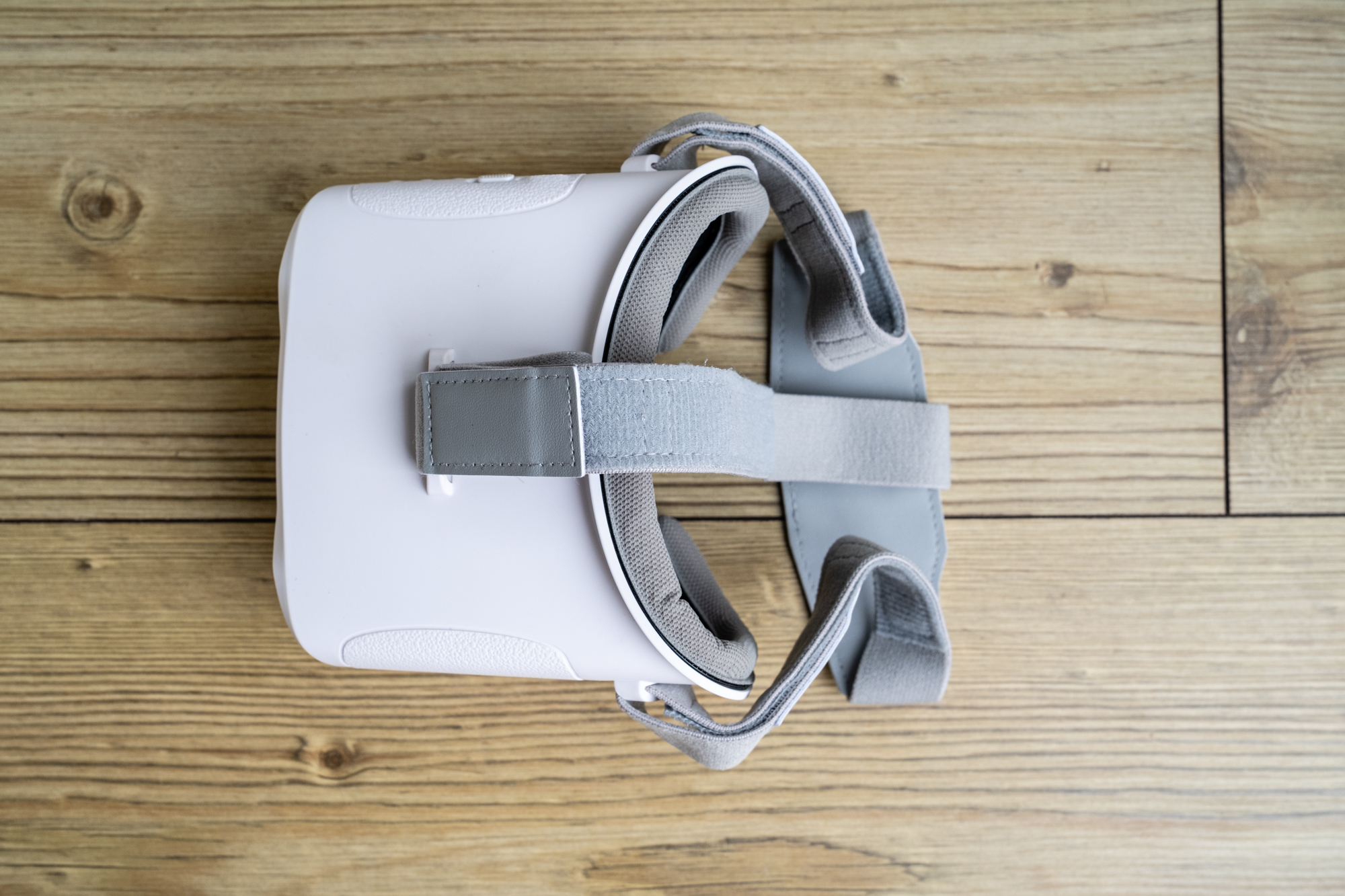
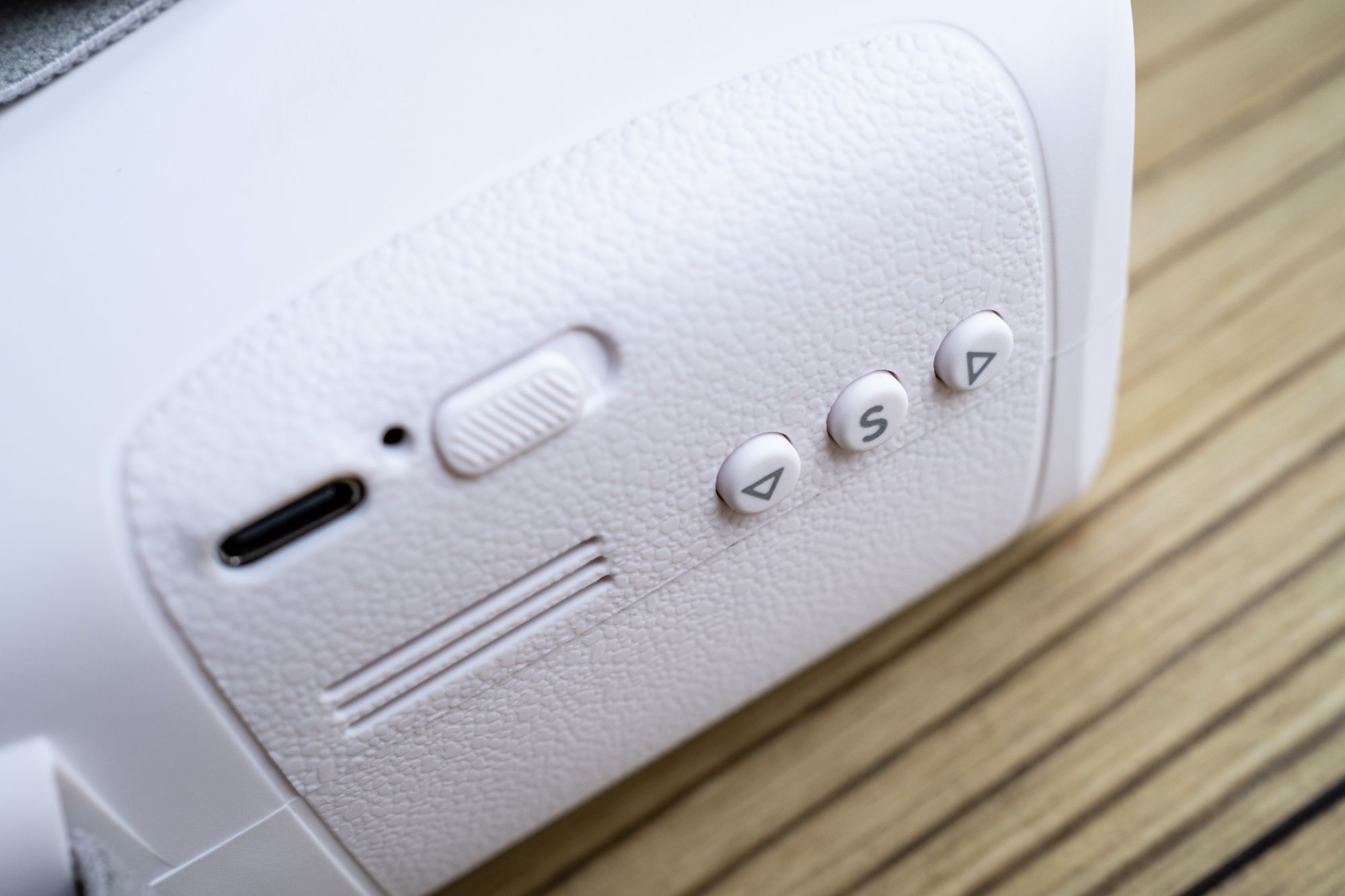
BetaFPV Cetus Pro: Price
The Cetus Pro kit comes with everything you need to get started for just $226 / £190 via the BetaFPV website. You can also find it on Amazon for a higher price of $280. This includes the Cetus Pro Brushless Quadcopter, a LiteRadio 2SE Transmitter, VR02 FPV Goggles, two batteries, a USB battery charger and cable, four spare propellers, a propeller removal tool, a USB-C adaptor for firmware updates and a carry case. Spare parts are also available if you have a serious crash.
This is everything you need to get started out of the box once the batteries are charged, but since the batteries only last for 4-5 minutes it's worth buying additional batteries and a six-port battery charger and adaptor. Four batteries cost $26 / £21, and the battery charger for six batteries costs $20 / £16. Four additional batteries hugely increase flight times and help you to learn faster, and the total cost for the drone kit, batteries and charger is $272 / £227 which is still a competitive price.
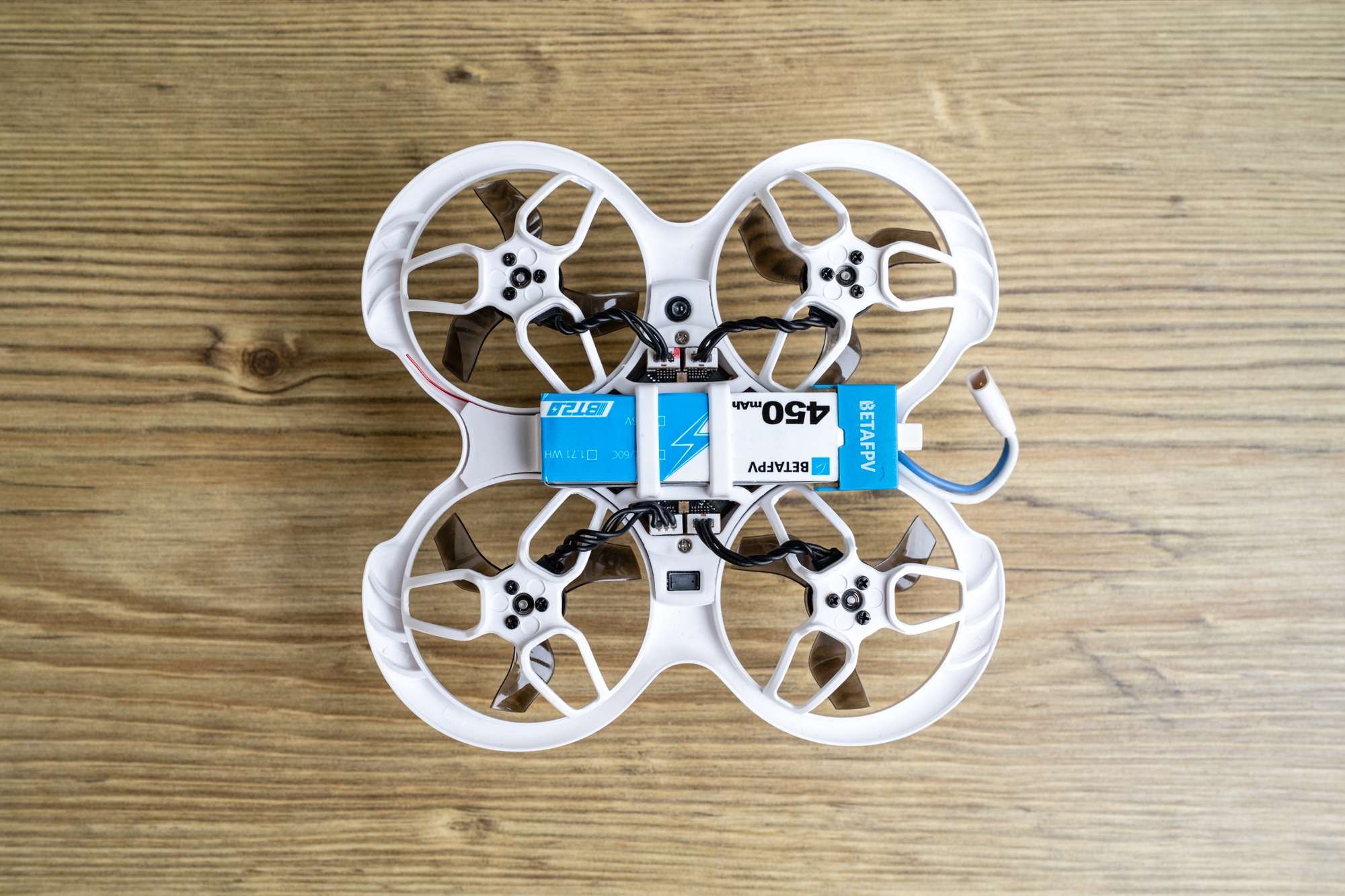
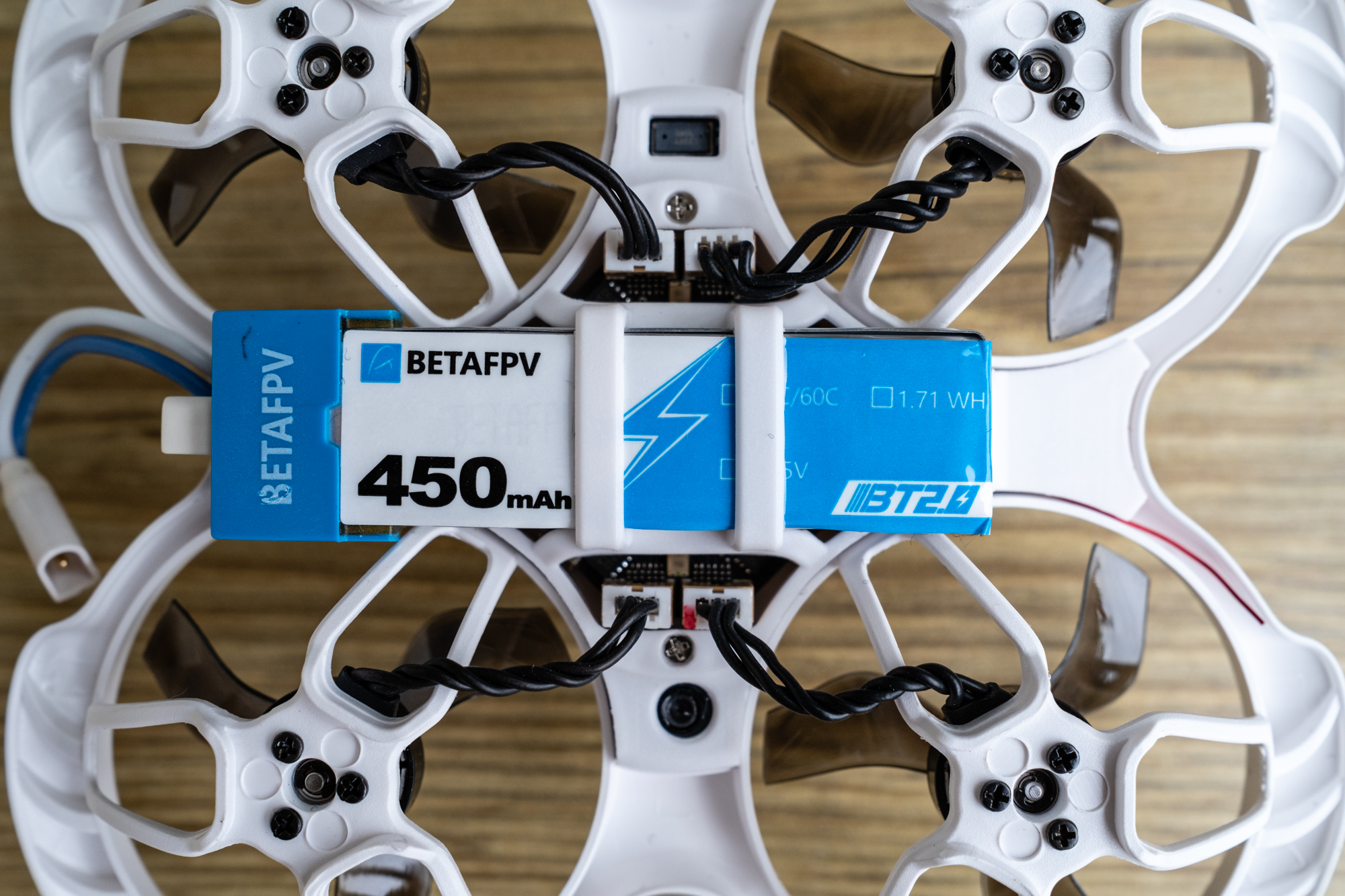
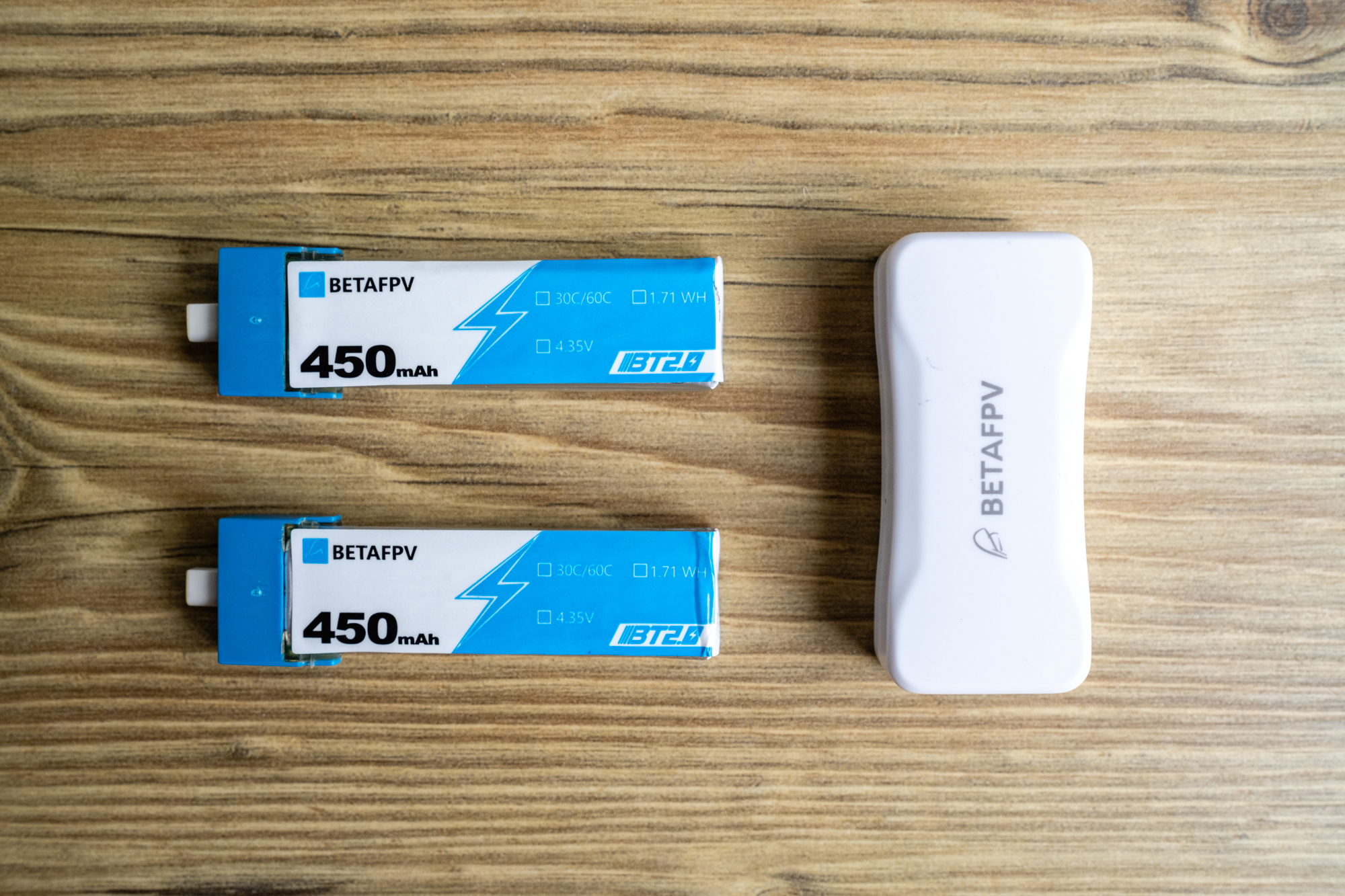
Should you buy the BetaFPV Cetus Pro?
If you're interested in learning how to fly FPV drones without having to spend a large amount of money on a pro kit you're likely to crash, damage and potentially lose, the Cetus Pro Kit is a fantastic beginner kit to get you started. And the three flight modes that build up to Manual/Acro Mode are the perfect way to progress.
It's a shame that the drone's camera can't record 1080p or 4K footage alongside the FPV feed to the goggles, but the drone is designed for learning how to fly rather than being a full FPV drone. Some competitor models, however, do offer video recording in both the drone and the FPV feed in the goggles, but these kits are typically more expensive than the Cetus Pro Kit.
If this product isn't for you
Learning to fly FPV drones in Manual/Acro Mode is notoriously difficult, even with a beginner model such as the Cetus Pro. So, if you haven't got the stomach or patience for spending over 50 hours learning how to fly, this definitely isn't the best drone for you. There is, however, a way that you can achieve video footage that’s similar to FPV video using a DJI Mavic 2 or 2S.
The Insta360 Sphere is a 360° camera that's designed specifically to fit the DJI Mavic 2 and 2S, where the drone is rendered invisible by the cameras that create the 360° video. Flight is slow and simple, and all of the FPV effects are added in the Insta360 phone app or the Insta360 Studio desktop app. The main downside is that you can only use the camera with two drone models so you'll need to buy one of these alongside the camera if you don't already have one.
Join our Space Forums to keep talking space on the latest missions, night sky and more! And if you have a news tip, correction or comment, let us know at: community@space.com.
James is an award-winning freelance landscape and portrait photographer, as well as a highly experienced photography journalist working with some of the best photography magazines and websites with a worldwide audience. He’s also the author of The Digital Darkroom: The Definitive Guide to Photo Editing. www.jamesaphoto.co.uk
